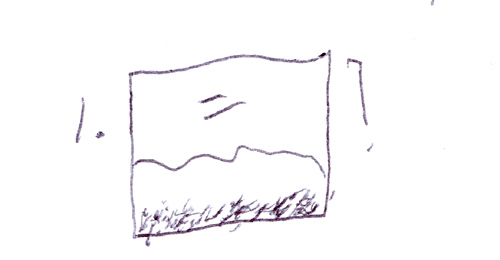Over at DrugMonkey, PhysioProf has written a post on the relative merits of “correct” and “interesting”, at least as far as science is concerned. Quoth PhysioProf:
It is essential that one’s experiments be “correct” in the sense that performing the same experiment in the same way leads to the same result no matter when the experiment is performed or who performs it. In other words, the data need to be valid.
But it is not at all important that one’s interpretation of the data–from the standpoint of posing a hypothesis that is consistent with the data–turns out to be correct or not. All that matters is that the hypothesis that is posed be “interesting”, in the sense of pointing the way to further illuminating experiments.
I spend a lot of time with my trainees on this distinction, because some of them tend to be so afraid of being “wrong” in their interpretations that they effectively refuse to interpret their data at all, and their hypotheses are nothing more than restatements of the data themselves. This makes it easy to be “correct”, but impossible to think creatively about where to go next.
Some tend in the opposite direction, going on flights of fancy that are so unmoored from the data as to result in hypotheses that are also useless in leading to further experiments with a reasonable likelihood of yielding interpretable results.
I think this is a really good description of a central feature of scientific activity.

